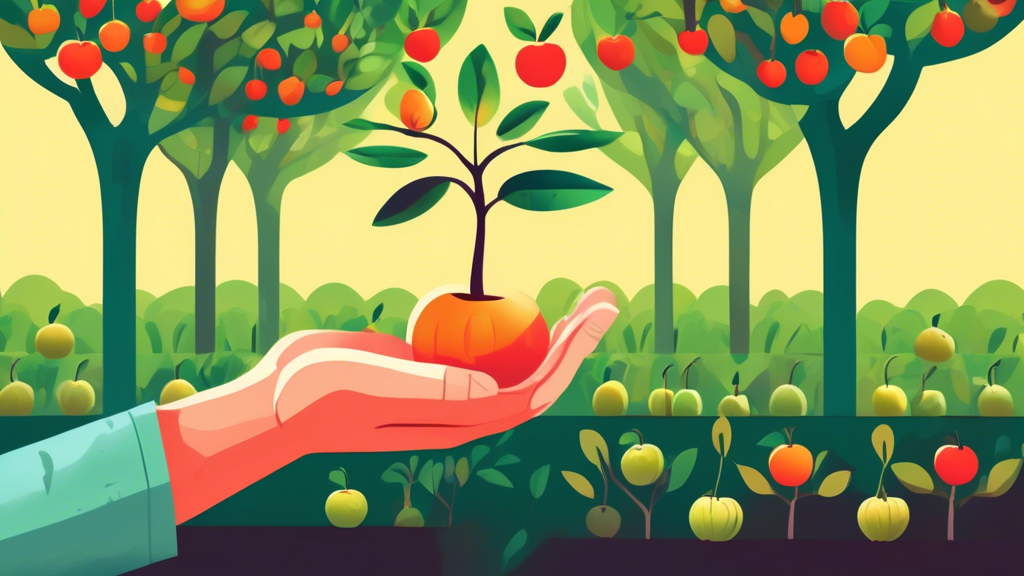
Introduction
Hydroponics, the art of growing plants without soil, offers a world of possibilities for both novice and experienced gardeners. This method provides numerous benefits, including faster growth rates, increased yields, and the ability to cultivate crops year-round regardless of weather conditions. However, maintaining a thriving hydroponic garden requires careful attention to detail and a solid understanding of the underlying principles. This comprehensive guide will equip you with the knowledge and practical tips to maintain and optimize your hydroponic system for maximum plant health and productivity.
Understanding the Fundamentals of Hydroponics
Before delving into the intricacies of maintenance and optimization, it’s crucial to grasp the basics of hydroponics. Unlike traditional soil-based gardening, hydroponic systems deliver nutrients directly to the plant’s roots through a nutrient-rich water solution. This method eliminates the need for soil and allows for greater control over environmental factors that impact plant growth.
Key Components of a Hydroponic System
A typical hydroponic system comprises several essential components:
1. Grow Tray/Channel:
This is where your plants are housed and supported. The grow tray or channel is designed to hold the growing medium and allow the nutrient solution to flow around the roots.
2. Reservoir:
The reservoir stores the nutrient solution. It should be opaque to prevent light from penetrating and promoting algae growth.
3. Water Pump:
The water pump circulates the nutrient solution from the reservoir to the grow tray/channel and back again. This continuous flow ensures that the roots have access to oxygen and nutrients.
4. Air Pump and Airstones:
Oxygen is crucial for root respiration. The air pump and airstones work together to oxygenate the nutrient solution, preventing the roots from suffocating.
5. Growing Medium:
While not strictly necessary in all hydroponic systems, a growing medium provides support for the plants and helps retain moisture. Common growing mediums include coco coir, perlite, and rockwool.
6. Nutrients:
Hydroponic plants rely on a carefully balanced nutrient solution to thrive. These nutrients are typically available in liquid or powder form and are formulated to meet the specific needs of different plant species.
7. pH Meter and EC Meter:
Maintaining the correct pH and electrical conductivity (EC) levels in the nutrient solution is paramount for nutrient uptake. A pH meter measures the acidity or alkalinity of the solution, while an EC meter measures the concentration of dissolved salts (nutrients).
Essential Maintenance Practices
To ensure the long-term health and productivity of your hydroponic garden, adhere to these essential maintenance practices:
1. Monitor and Adjust Nutrient Solution Regularly:
As plants consume nutrients and water, the composition of the nutrient solution changes. It’s essential to regularly monitor and adjust the pH, EC, and water levels to maintain optimal growing conditions. The frequency of monitoring and adjustments will depend on factors such as the size of your system, plant growth stage, and environmental conditions. As a general guideline, aim to check and adjust the nutrient solution every 2-3 days.
2. Maintain Proper pH Levels:
pH plays a critical role in nutrient availability. Most plants thrive in a slightly acidic environment with a pH range of 5.5 to 6.5. Use a pH meter to measure the pH of your nutrient solution and adjust it accordingly using pH up or down solutions as needed.
3. Control Electrical Conductivity (EC):
EC is a measure of the total dissolved salts in the nutrient solution, which directly correlates to nutrient concentration. Each plant species has an optimal EC range. Use an EC meter to monitor and adjust the nutrient strength by adding more nutrients or diluting the solution with water.
4. Provide Adequate Oxygenation:
Oxygen is vital for root health. Ensure that your air pump is functioning correctly and that the airstones are producing a steady stream of bubbles. Insufficient oxygen levels can lead to root rot and other problems.
5. Prevent Algae Growth:
Algae can compete with your plants for nutrients and light. Prevent algae growth by using an opaque reservoir, covering the nutrient solution with a floating raft, and avoiding excessive light exposure.
6. Monitor Temperature and Humidity:
Temperature and humidity can significantly impact plant growth. Maintain optimal temperature and humidity levels for your specific plant species. Use fans, heaters, or humidifiers as needed to regulate the growing environment.
7. Inspect Plants Regularly:
Regularly inspect your plants for signs of pests, diseases, or nutrient deficiencies. Early detection is key to preventing minor issues from escalating into major problems.
Optimizing Your Hydroponic Garden for Maximum Yield
Once you’ve mastered the basics of hydroponic maintenance, you can take steps to optimize your garden for maximum productivity:
1. Choose the Right Hydroponic System:
There are numerous hydroponic systems available, each with its advantages and disadvantages. Consider factors such as space constraints, plant requirements, and your budget when selecting a system. Common types include deep water culture (DWC), nutrient film technique (NFT), and drip irrigation systems.
2. Select Suitable Plant Varieties:
Not all plants are well-suited for hydroponic cultivation. Choose plant varieties known to thrive in hydroponic systems. Leafy greens, herbs, and many fruiting plants typically perform well in hydroponics.
3. Optimize Lighting:
Light is the driving force behind photosynthesis. Provide your plants with the appropriate type and amount of light. The ideal lighting setup will depend on the plant species, but most hydroponic plants benefit from 12-18 hours of light per day.
4. Train and Prune Plants:
Training and pruning your plants can help maximize yield and improve air circulation. Trellising vining plants and removing dead or diseased leaves can enhance overall plant health and productivity.
5. Implement Carbon Dioxide Enrichment:
Carbon dioxide (CO2) is a key component of photosynthesis. Increasing CO2 levels in your grow room can boost plant growth and yield. CO2 enrichment can be achieved through various methods, such as using CO2 generators or tanks.
6. Maintain Proper Spacing:
Adequate spacing between plants is crucial for light penetration and air circulation. Overcrowding can lead to stunted growth, increased disease susceptibility, and reduced yields.
7. Monitor and Control Pests and Diseases:
Even in a controlled hydroponic environment, pests and diseases can still pose a threat. Implement preventative measures, such as using sterile growing mediums and maintaining good hygiene. If an infestation occurs, address it promptly using appropriate organic or chemical controls.
Troubleshooting Common Hydroponic Problems
Despite your best efforts, problems can arise in any hydroponic garden. Here are some common issues and how to troubleshoot them:
1. Nutrient Deficiencies:
Symptoms: Yellowing leaves, stunted growth, leaf discoloration.
Causes: Incorrect pH levels, nutrient imbalances, inadequate nutrient strength.
Solution: Check and adjust pH levels, test nutrient solution and adjust accordingly, ensure proper nutrient mixing and delivery.
2. Nutrient Burn:
Symptoms: Brown leaf tips, wilting, slow growth.
Causes: Excessive nutrient concentration in the solution.
Solution: Flush the system with plain water and reduce nutrient strength.
3. Root Rot:
Symptoms: Slimy, brown roots, foul odor, wilting plants.
Causes: Insufficient oxygenation, poor drainage, high temperatures.
Solution: Increase oxygenation with air pumps and airstones, improve drainage, lower temperatures.
4. Algae Growth:
Symptoms: Green or brown slime in the nutrient solution, on growing medium, or on system components.
Causes: Light exposure to the nutrient solution, excessive nutrients.
Solution: Use an opaque reservoir, cover the nutrient solution, reduce light exposure, reduce nutrient levels if excessive.
5. pH Fluctuations:
Symptoms: Variable plant growth, nutrient deficiencies, leaf discoloration.
Causes: Inconsistent pH adjustments, buildup of salts in the system, inadequate buffering capacity of the nutrient solution.
Solution: Monitor and adjust pH regularly, flush the system periodically, use a pH-buffered nutrient solution.
Conclusion
Maintaining and optimizing a hydroponic garden may seem daunting at first, but with practice and adherence to the guidelines outlined in this comprehensive guide, you’ll be well on your way to cultivating thriving plants and reaping the rewards of this efficient and rewarding gardening method. Remember to monitor your system closely, address any issues promptly, and continuously seek to expand your knowledge and understanding of hydroponic gardening principles. By embracing the art and science of hydroponics, you can unlock the full potential of your garden and enjoy a bountiful harvest year-round.






